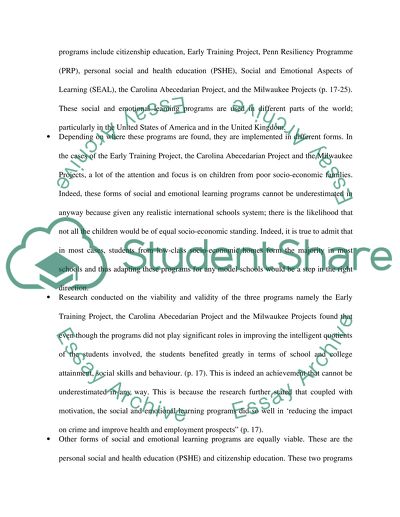Cite this document
(“Social and Emotional Learning Essay Example | Topics and Well Written Essays - 1000 words”, n.d.)
Retrieved from https://studentshare.org/education/1447987-social-emotional-learning
Retrieved from https://studentshare.org/education/1447987-social-emotional-learning
(Social and Emotional Learning Essay Example | Topics and Well Written Essays - 1000 Words)
https://studentshare.org/education/1447987-social-emotional-learning.
https://studentshare.org/education/1447987-social-emotional-learning.
“Social and Emotional Learning Essay Example | Topics and Well Written Essays - 1000 Words”, n.d. https://studentshare.org/education/1447987-social-emotional-learning.


